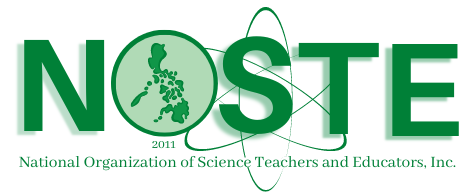Guided discovery approach improves learners’ test scores in Science
Gemma G. PRAGALE
La Paz National High School, Iloilo City, Philippines
Corresponding author’s email: gemmapragale07@gmail.com
Abstract
This quasi-experimental research determined the effectiveness of guided discovery and conventional approaches on learners’ test scores in Grade 8 Science at La Paz National High School, La Paz, Iloilo City during the school year 2017-2018.The research instrument used in this study was a researcher-made test which was validated, reliability tested and item analyzed. The statistical tools employed were the mean, standard deviation, Wilcoxon Signed Ranks test and Mann-Whitney U test using SPSS (Statistical Packages for Social Sciences). The statistical significance was set at 0.05. The results of the study showed that students have average science test score before using the guided discovery approach but after the intervention students attained above average test score in science. A significant difference was also noted in the students’ post test scores. Hence, guided discovery approach is more effective in increasing students’ test score in science compared to conventional approach.
Keywords: Science education, Guided Discovery Approach, Quasi-Experimental Research, Central Philippines
References
- Afolabi, F. & Akinbobola, A. (2009). Constructivist practices through guided discovery approach: The effect on students’ cognitive achievements in Nigerian senior secondary school physics. University of Uyo & University of Ibadan, Nigeria. Bulgarian Journal of Science and Education Policy (BJSEP), 3.
- Bravo, M. A., Hiebert, E. H., & Pearson, P. D. (2007). Tapping the linguistic resources of Spanish-English bilinguals: The role of cognates in science. In R. K. Wagner, A. E. Muse, & K. R. Tannenbaum (Eds.), Vocabulary acquisition: Implications for reading comprehension. New York, NY: The Guilford Press.
- Experimental Design Strategies for Educational Inquiry. (2010) Retrieved from www.indiana.edu/~educy520/sec 6342/week_05/exp_designs_2up.pdf.
- Fraenkel, J. & Wallen, N. (2009). How to Design & Evaluate Research in Education (7th Edition). McGrawHill Companies, Inc. Retrieved from http://www.mhhe.com.
- Hiebert, E. H., & Cervetti, G. N. (2011). What differences in narrative and informational texts mean for the learning and instruction of vocabulary. Reading research report #11.01. Santa Cruz, CA: Text Project, Inc.
- K to 12 Curriculum Guide Science. (2012). Republic of the Philippines. Department of Education. Retrieved from https: www.gov.ph.documentsScience.
- Mamlok-Naaman, R. (2011). How can we motivate high school students to study science? Science Education International, 22(1).
- Marzano, R. J., & Pickering, D. J. (2005). Building academic vocabulary. Alexandria, VA: Association for Supervision and Curriculum Development.
- National Center for Education Statistics. (2011). The nation’s report card: Science 2009 (NCES 2011–451). Washington, DC: Institute of Education Sciences, U.S. Department of Education.
- Nelson, J. & Stage, S. (2007). Fostering the Development of Vocabulary knowledge and Reading Comprehension through Contextually-Based Multiple Meaning Vocabulary Instruction. Special Education and Communication Disorders Faculty Publications. Retrieved from http://digitalcommons.ul.edu/specedfacpub/28.
- National Reading Panel (2000). Teaching children to read; an evidence-based assessment of the Scientific research literature on reading and its implications for reading instruction (Bethesda, Md.). U.S. Department of Health and Human Services.
- Shook, A. C., Hazelkorn, M., & Lozano, E. R. (2011). Science vocabulary for all. The Science Teacher, 78.
- Sjøberg, S. (2001). Science and technology in education: Current challenges and possible solutions. Invited contribution to Meeting of European Ministers of Education and Research, Uppsala. Retrieved from www.iuma.ulgpc.es/~ nunez/sjobergreportsciencetech.pdf.
- Upadhyay, B., & DeFranco, C. (2008). Elementary students’ retention of environmental science knowledge: Connected science instruction versus direct instruction. Journal of Elementary Science Education, 20.
